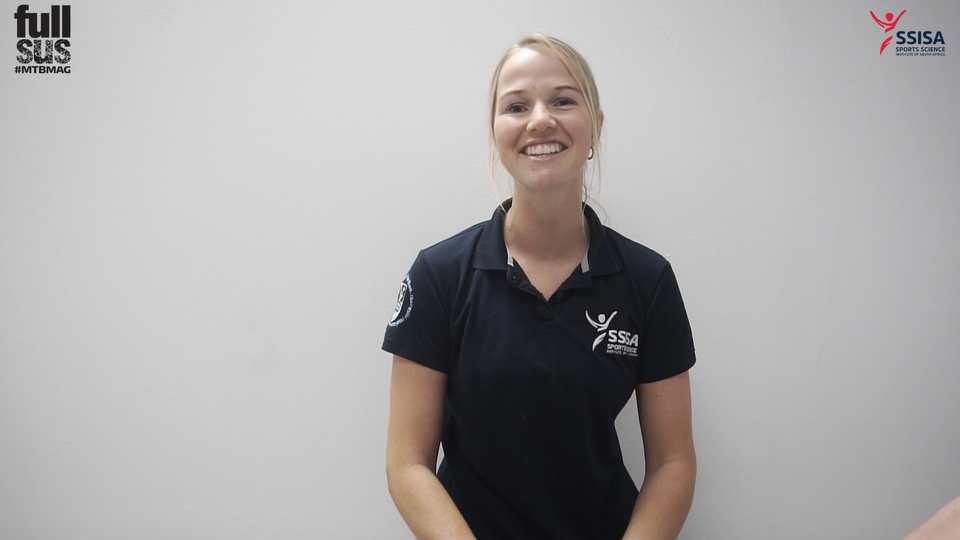
Part 1
Transverse abdominus (TA) activation
Pilates is something all cyclists can benefit from. SSISA Biokineticist Olivia Bloomer tackles the key exercises that we should be doing on a regular basis. Not only giving us valuable insight into the exercise but also showing us exactly how we should be doing them. This series is just a sample of the benefits of Pilates for cyclists and is all the more reason to sign up for a class at SSISA or join them with their online courses.
It often seems like there are not enough hours in the day. We are constantly being told to add something new into our training routine, and often there is just not enough space in the diary. When I introduce Pilates to my cyclist clients, I regularly get met with resistance- they expect an easy, ‘old lady’ workout- but boy do I prove them wrong, and the next day they have the sore muscles to prove it.
Pilates consists of our ABC's
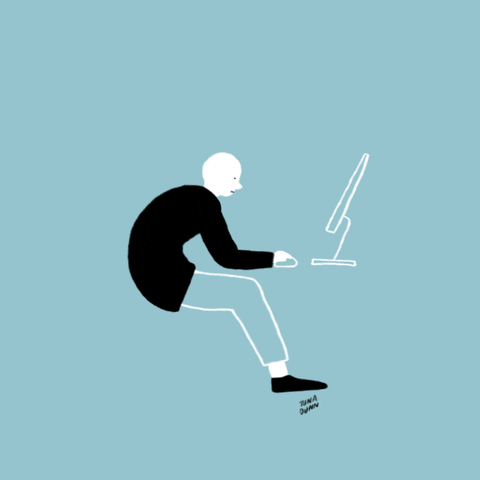
A = Alignment
Pilates is highly focused on posture and alignment. With most of our work time spent hunched over a computer and most of our free time spent hunched over a bike, there is not much variety in our daily posture. Pilates balances this out by focusing a lot on scapula stabilization and chest opening- improving posture and decreasing the chance of shoulder, upper back and neck injuries.
Pilates brings awareness to compensation patterns we all have in our bodies. It makes use of activation exercises focused on weaker muscle groups and flexibility exercises targeted to the tighter areas.
B = Breathwork
The breath is something we don’t often pay attention to, but it is a powerful way in which we can control the inner workings of our body. Just by slowing the breath, we can flip the switch of our nervous system from fight or flight to rest and digest. In the process, slowing down the heart rate and blood pressure and controlling the release of our stress hormones.
Learning to control the breath has been shown to increase the rate of ‘flow state’ in cyclists, in other words, that feeling of being ‘in the zone’. Breathwork can also help control pre-race jitters and manage stress.
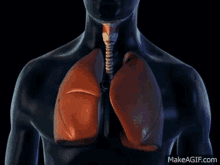
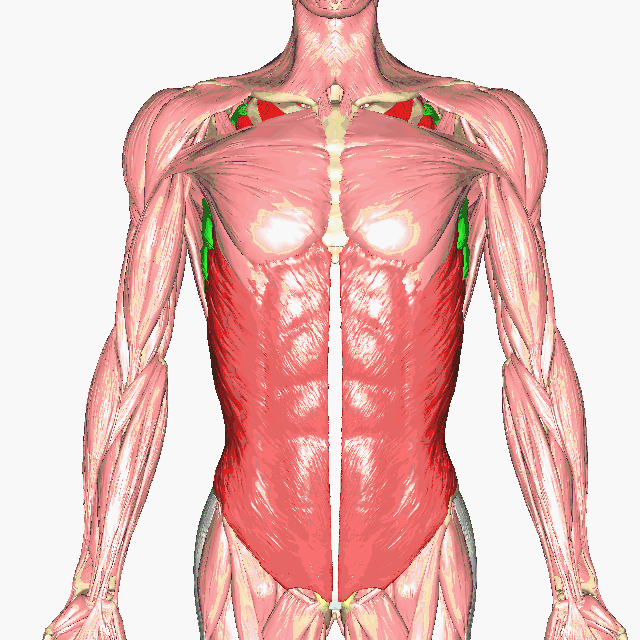
C = Core
We have been told again and again… it is important to have a strong core. But do we really know what that means? When people think core, they often think about hammering out a couple of sit-ups and being done for the day, when in fact, there is much more to it than that. Your core muscles consist of all the muscles surrounding your trunk. Yes, those 6-pack muscles, but also the deeper muscles underneath that wrap around the spine, the pelvic floor and the bottom of the rib cage (the diaphragm). All these muscles act as a cylinder, controlling the pressure in the trunk area. As soon as one muscle is not firing, we get an imbalance in the pressure system, which could lead to compensation patterns and, in some cases, injuries to this area.
In an ideal world, we want all these muscles to be firing in their correct patterns. Pilates helps you to learn how to activate the deep core muscles, taking pressure off the other superficial muscles and helping us get more an efficient and balanced activation patterns.
Here are a couple of quick pilates exercises you can try out at home. Let us know how they went in the comments.
Part 1 : Transverse abdominus (TA) activation
The TA is the deepest of the abdominal muscles. It wraps around the spine like a corset, responsible for maintaining abdominal tension and supporting the lower back. If this muscle is not functioning properly it could contribute to low back pain and lumbar instability. Here are a couple of tricks to help you get it firing:
1. Lie on your back, knees bent, spine neutral.
2. Place two peace fingers 2cm in of your hip bones.
3. Cough and feel the tightening underneath your fingertips- this is your “TA” muscle.
4. To activate this muscle, imagine as if you are slowing down a ‘wee’. You should feel the same tightening, but a little bit less intense.
5. Try keep this contraction while breathing in and out calmly through the nose.
6. Set a timer for 1 minute and see if you can maintain this contraction while breathing. Repeat for 3 rounds.
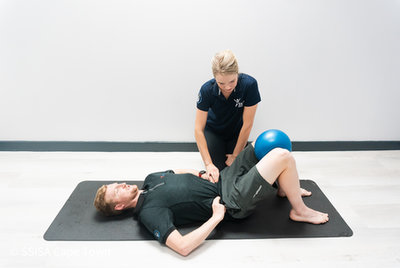
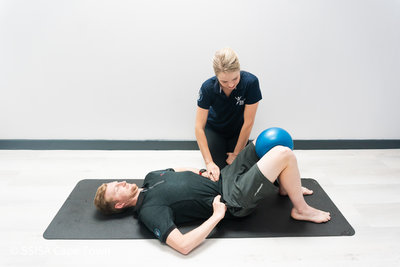
Once you have mastered the TA activation, you can add on by pairing it with other exercises. One example is to place a small ball between the knees, squeezing and releasing. This seems easy, but it is quite tricky to do this while keeping constant TA activation and breathing at the same time.
Try 10 reps x 3 sets
Don't miss the next issue where we look into glute acivations
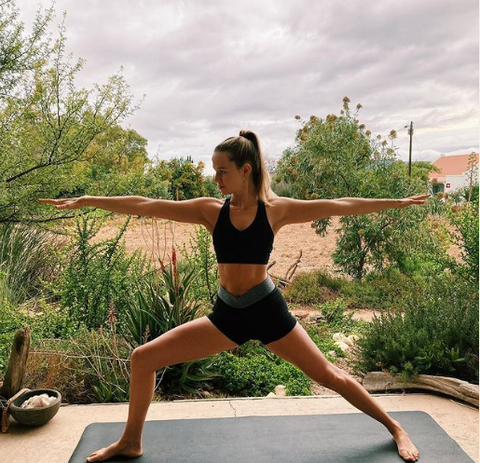
Olivia Bloomer is a Biokineticist as well as Skills Development Facilitator at The Sport Science Institute of South Africa (SSISA). She is a qualified yoga instructor and passionate about using biokinetics and yoga as a tool for rehabilitation and performance enhancement.
Follow her on Instagram @livinmoving
back to top

